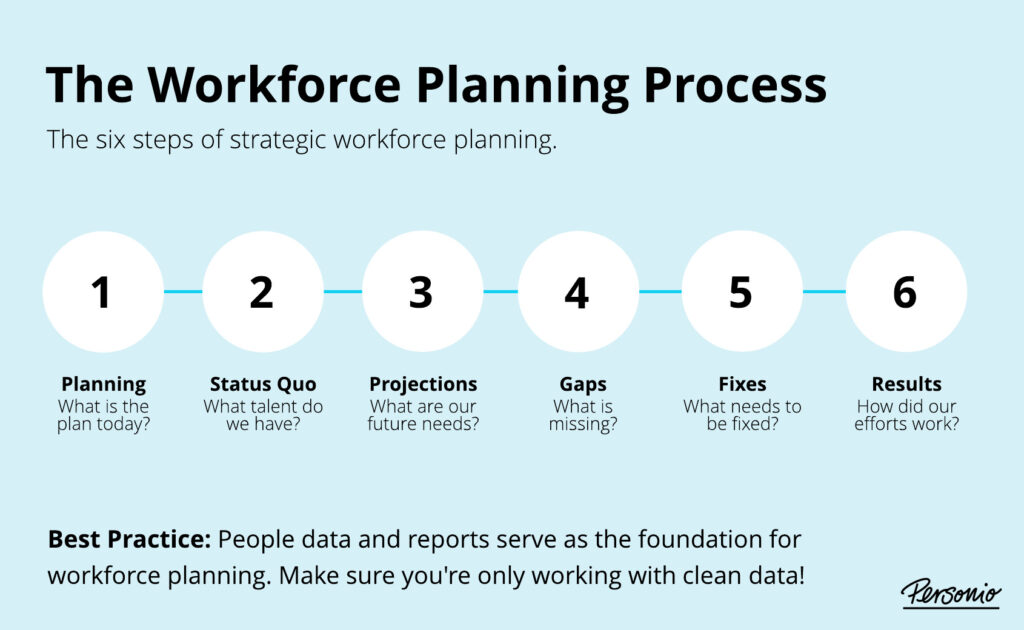Sadhguru on Ranbir Kapoor: Lessons for Digital Talent
7 min read
The recent defense by spiritual leader Sadhguru of actor Ranbir Kapoor’s casting as Lord Ram, amidst public scrutiny over his past roles and controversies, has ignited a profound conversation that extends far beyond Bollywood. Sadhguru’s assertion that “It’s an unfair judgment” to assess an actor solely on historical performances resonates deeply with the challenges individuals and organizations face in the era of pervasive digital footprints, particularly concerning digital age talent assessment. This incident serves as a compelling metaphor for the modern workforce, where an individual’s online persona and historical data are constantly weighed against their current potential and suitability for new opportunities.
Background: The Ramayana Controversy and Its Modern Echoes
The controversy surrounding Ranbir Kapoor’s selection for the titular role in Nitesh Tiwari’s ambitious ‘Ramayana’ film stems from a vocal segment of netizens and social media commentators. These critics have extensively referenced Kapoor’s previous roles, public controversies, and personal life, questioning his appropriateness for a divine character. Their arguments highlight a common societal tendency: to conflate an individual’s past actions or portrayals with their inherent character or future capabilities. Sadhguru, in his conversation with producer Namit Malhotra, directly countered this narrative, emphasizing that an actor’s craft involves embodying diverse roles. “You can’t expect him to become Ram,” Sadhguru stated, highlighting the distinction between performance and personal identity. He even offered a light-hearted, yet insightful, comment on Yash’s casting as Ravana, remarking on his “handsome” appearance, further underscoring the artistic and nuanced nature of casting, which relies on capability and suitability for the role, not a sanitized past.
This scenario mirrors the broader landscape of talent acquisition in our hyper-connected world. Every professional, from entry-level graduates to seasoned executives, operates under the omnipresent gaze of the internet. Social media profiles, past project reviews, and even casual online comments contribute to an indelible digital footprint. This digital narrative significantly shapes perceptions, making comprehensive and fair digital age talent assessment a critical, yet complex, endeavor for both employers and job seekers. The core question becomes: how do we, as a society and as an industry, learn to differentiate between an individual’s online history and their true potential, much like Sadhguru advocates for Ranbir Kapoor?
Key Developments in Digital Age Talent Assessment
The evolution of technology has dramatically reshaped how talent is identified, evaluated, and recruited. What was once confined to résumés and interviews now encompasses a sprawling digital ecosystem. This shift brings several key developments to the forefront:
- The Indelible Digital Footprint: In the digital age, a person’s online presence, comprising social media activity, professional networking profiles, online portfolios, and even past news mentions, forms a comprehensive, often unfiltered, record. For instance, a recent industry report indicated that over 70% of recruiters in developed nations now check candidates’ social media profiles as part of their screening process, with nearly 50% admitting to rejecting candidates based on online content. This scrutiny can be particularly challenging for individuals whose personal and professional lives might have overlapped online, or whose past digital activities may not align with their current professional aspirations.
- The Challenge of Contextual Understanding: Sadhguru’s argument for Ranbir Kapoor underscores the critical need for contextual understanding. Online content, stripped of nuance, can often lead to misinterpretations. A controversial past role, an out-of-context comment, or even an association can be unfairly judged. Effective digital age talent assessment requires moving beyond superficial observations to delve into the “why” and “how” behind an individual’s digital narrative, understanding their growth trajectory and learning experiences.
- Algorithmic Biases and Human Interpretation: While AI and machine learning tools are increasingly deployed in talent acquisition to streamline processes, they often learn from historical data, which can inadvertently perpetuate biases. If past success metrics are tied to certain online behaviors or demographic profiles, algorithms might unfairly penalize diverse candidates or those with unconventional digital paths. Human intervention and discerning judgment, as exemplified by Sadhguru’s statement, remain crucial to ensure fairness and prevent miscasting of talent.
- Skills-First vs. Reputation-First Assessment: There’s a growing debate between prioritizing an individual’s proven skills and abilities versus their brand reputation or digital persona. The Ranbir Kapoor analogy suggests that while public perception matters, it shouldn’t overshadow the core capability to perform a role. Forward-thinking organizations are moving towards skill-based hiring, using assessments, work samples, and practical challenges to evaluate aptitude, rather than relying solely on a curated online image or a spotless past.
Impact Analysis: Navigating Digital Reputation for Global Talent
For international students and emerging professionals, understanding and navigating the complexities of digital age talent assessment is paramount. Their digital footprint, often developed in a different cultural context, undergoes intense scrutiny when seeking opportunities abroad.
- Navigating Global Job Markets: In an increasingly interconnected world, employers in countries like the USA, Canada, UK, and Australia frequently conduct extensive background checks that include digital profiling. An international student’s social media history, forum discussions, or even past academic projects available online can be accessed. While visa applications themselves do not typically involve a deep dive into social media for character assessment *unless there are specific security concerns or misrepresentations*, a professional’s digital reputation significantly influences job prospects and career progression. A perceived lack of professionalism or past contentious online behavior, even if benign in their home country, could be a red flag for a potential employer.
- The Importance of Professional Branding: Unlike Ranbir Kapoor, whose brand is intrinsically linked to his public persona, most professionals need to consciously craft their online narrative. This is particularly true for international students transitioning from academia to the workforce. A strong, consistent professional online presence (e.g., on LinkedIn, GitHub for developers, Behance for designers) demonstrates not just skills but also diligence and adaptability, crucial traits for global talent.
- Overcoming Perceptual Biases: The “unfair judgment” Sadhguru spoke of is a reality in hiring. International candidates might face biases based on unfamiliar names, educational systems, or cultural expressions evident in their digital histories. Proactively managing one’s digital presence and focusing on universally understood professional attributes can help mitigate these biases.
- Visa Implications (Non-Legal Advice): While your digital footprint doesn’t directly influence standard visa eligibility criteria, maintaining a respectful and professional online presence is always advisable. Any content that could be interpreted as a threat, incitement to violence, or misrepresentation could lead to severe consequences during immigration screening, regardless of one’s professional aspirations. It’s about demonstrating good character and intent, which a responsible digital persona supports.
Expert Insights & Practical Tips
In light of these evolving dynamics, individuals and organizations must adopt proactive strategies for effective digital age talent assessment and reputation management.
For individuals, especially international students and professionals aiming for global careers:
- Curate Your Digital Presence: Actively manage your online profiles. Ensure LinkedIn is up-to-date and professional. Clean up or privatize personal social media accounts that might contain content unsuitable for professional scrutiny. Remember, some countries even consider requests for social media passwords at their borders – an extreme but real example of digital scrutiny.
- Focus on Skills and Achievements: Shift the narrative from past controversies to present capabilities. Showcase projects, certifications, internships, and demonstrable skills. Create online portfolios that highlight your practical experience and learning journey.
- Demonstrate Growth and Adaptability: Highlight instances where you’ve learned from challenges or adapted to new environments. This shows maturity and resilience, qualities highly valued by global employers.
- Be Mindful of Cultural Nuances: What is acceptable online in one culture may not be in another. Err on the side of professionalism and universality in your public-facing digital content.
- Leverage Professional Networks: Use platforms like LinkedIn to build a network, seek endorsements, and engage in industry-relevant discussions. A robust professional network can vouch for your character and skills, offering a counter-narrative to any isolated negative digital noise.
For organizations, particularly those involved in global talent acquisition:
- Holistic Assessment Frameworks: Move beyond surface-level digital checks. Implement comprehensive assessment strategies that combine traditional interviews, skills tests, behavioral assessments, and diverse input to gain a 360-degree view of a candidate.
- Train Recruiters on Unconscious Bias: Educate hiring managers and recruiters about potential biases that can arise from digital profiling and train them to look for potential and transferable skills.
- Focus on Present and Future Potential: Emulate Sadhguru’s wisdom: don’t expect a candidate “to become Ram” based on their past, but evaluate their capacity to *play* Ram in the future role. Prioritize a candidate’s current skills, learning agility, and cultural fit over an outdated or misinterpreted digital footprint.
Looking Ahead: The Evolving Landscape of Talent and Reputation
As the digital landscape continues to evolve, so too will the methodologies for digital age talent assessment. The debate sparked by Sadhguru’s defense of Ranbir Kapoor serves as a potent reminder that human judgment, empathy, and a forward-looking perspective must remain at the core of evaluating talent. The future of workforce strategy lies in creating inclusive assessment models that value potential over a pristine past, recognizing that individuals grow, learn, and evolve. For international students and professionals, this means an ongoing commitment to personal branding, skill development, and thoughtful engagement with their digital identities, transforming potential liabilities into assets for global mobility and career success.
Reach out to us for personalized consultation based on your specific requirements.



